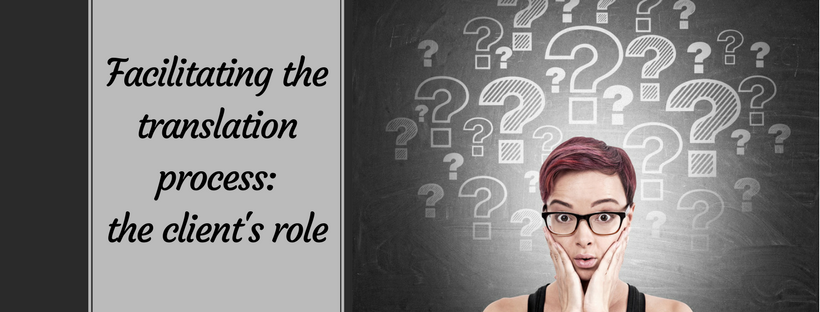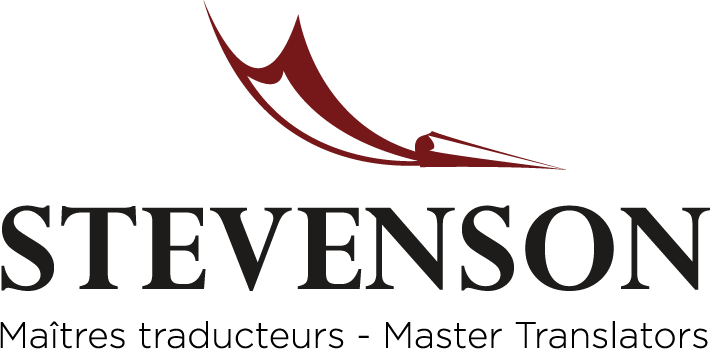
Facilitating the translation process: the client’s role
You have a translation request that you would like to submit. Have you ensured that your document is really ready for this step?
When you entrust a document to a professional translator, they take on the job and guarantee top-quality work. You have good reason to trust them, it’s one of the keys to your business relationship. Certain hurdles can nevertheless threaten to slow the translation process. As a client, did you know that you have the power to prevent potential errors, irritants, or misunderstandings?
The document
In an ideal world, you should first ensure that the content to be translated is sent in its entirety and in its final version. Any subsequent versions will create double the work for the translator, who will then have to compare the original with subsequent versions and double-check everything; this will incur additional costs. On the other hand, if your request involves a lengthy document, like an annual report, it is best to involve the translator from the beginning of the writing process. They can then begin translating any completed sections as they are ready, and hence deliver the complete translation of the document within a reasonable timeline.
Of course, the content to be translated should be coherent and intelligible, without ambiguity and potential for confusion. The translator will then spend less time trying to understand what you may have meant to say and can concentrate on what they do best: passing on the true meaning of your message in another language, with no hint that it has been translated.
Your document should also be sent in a modifiable format, allowing the translator to work directly from the document itself. A digital image, certain PDF files, or content created with a specialized program will not allow the translator to easily access the content.
Details and accuracy
At the time of your initial contact, provide all the information you have on the document to be translated: the number of words (if not a copy of the document itself), the source language and the target language, the specialized field if applicable, the ideal delivery date, which will be assessed based on the work at hand.
Some translation requests provide special guidelines, such as preferred terminology, mention of documents previously translated for this client, an explanation of the context in which the content of the document will be presented. It is paramount that the client provide all available information regarding such guidelines, e.g., a glossary, the company’s style guide, the link to the client’s Web site, etc.
It is equally important to provide contact information for a resource person, in charge of the translation process, with whom the translator may communicate in the event of any questions on content or for delivery purposes.
Agreements
In the case of confidential documents, translators who are members of the Ordre des traducteurs, terminologues et interprètes agréés du Québec (OTTIAQ) are bound by professional confidentiality. You could nonetheless prepare a confidentiality agreement to be signed by the translation team, thus giving you peace of mind.
By establishing a trusting relationship with the professional translators at Stevenson & Writers, based on effective communication and collaboration, you will help us to better understand your content, your philosophy, and your strategies, and as a result to produce translations that will read as though you composed them.


Leave a Reply